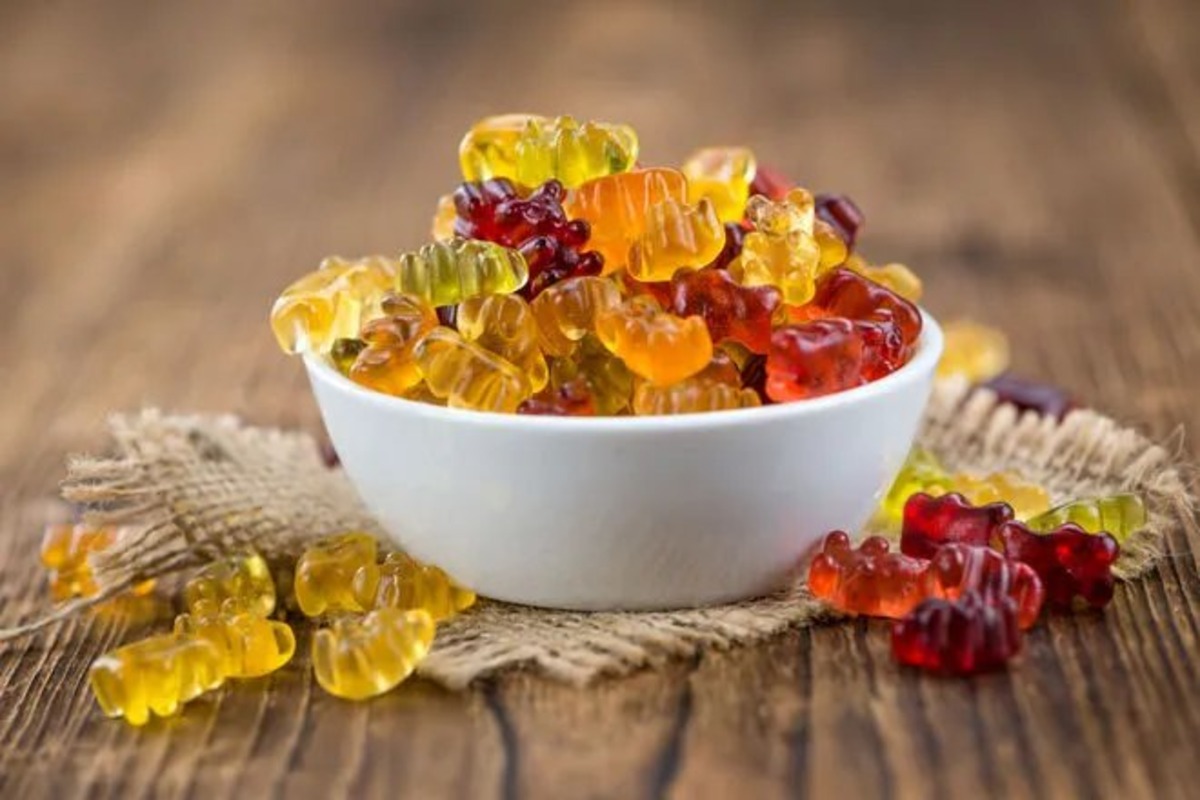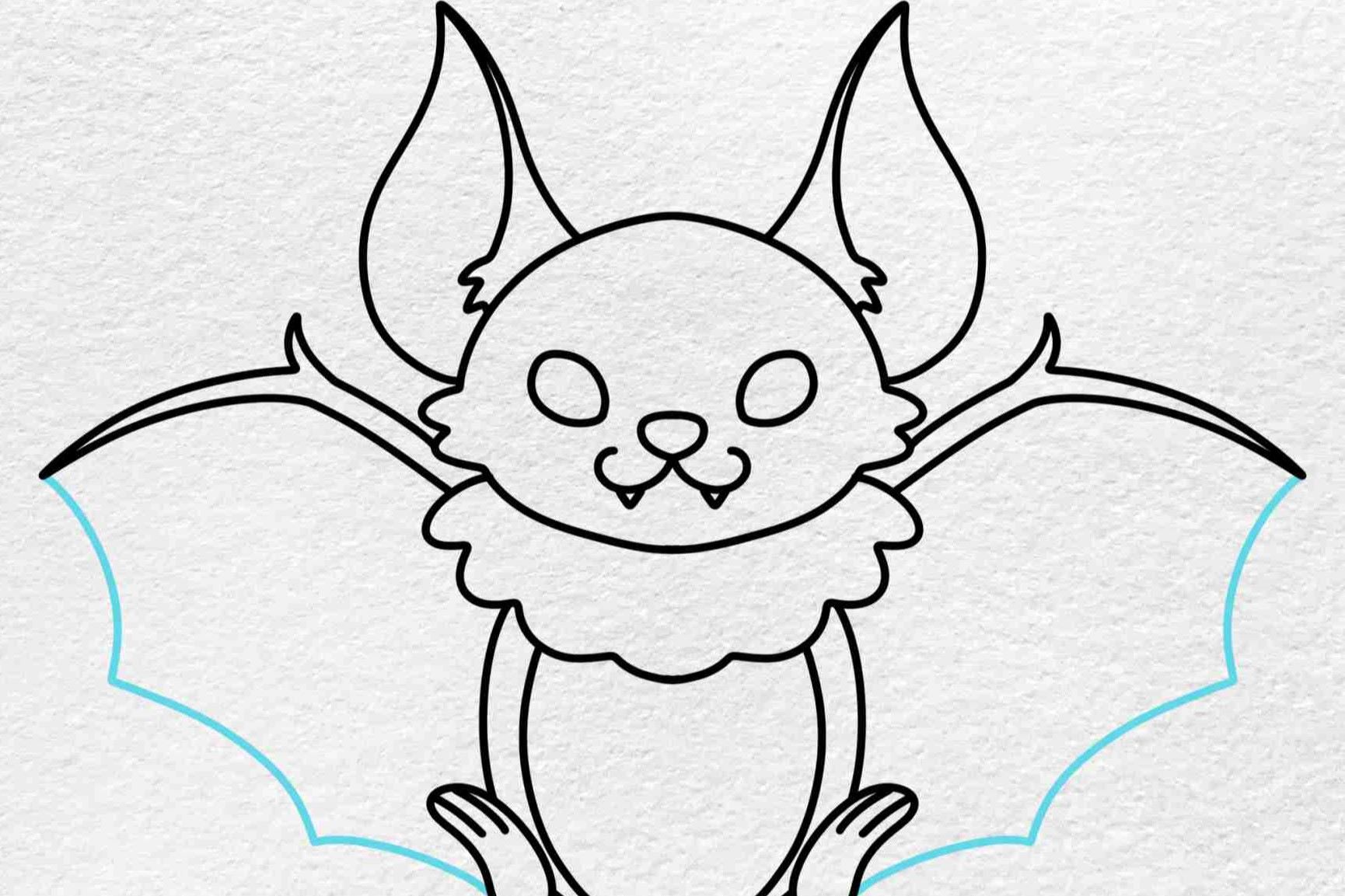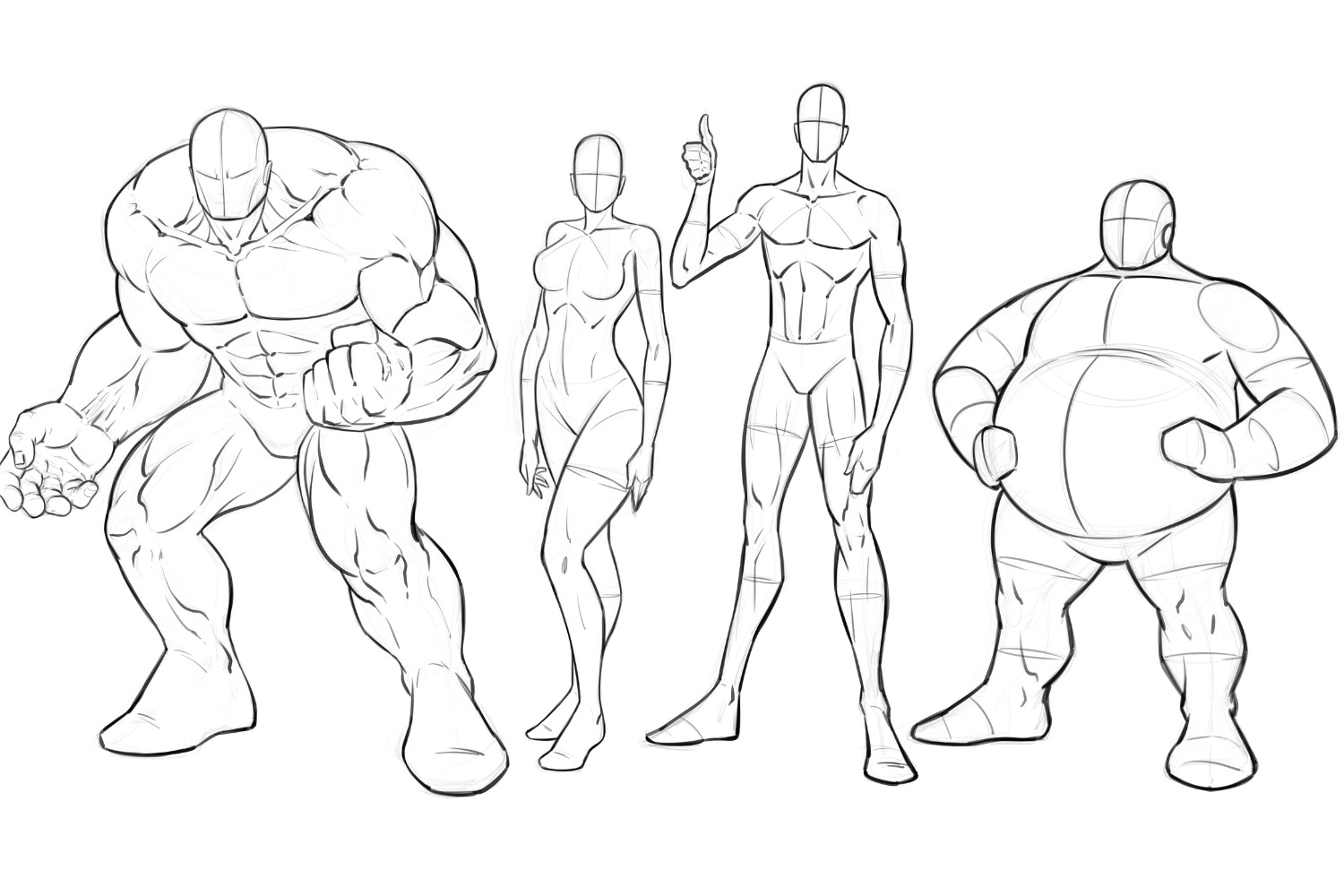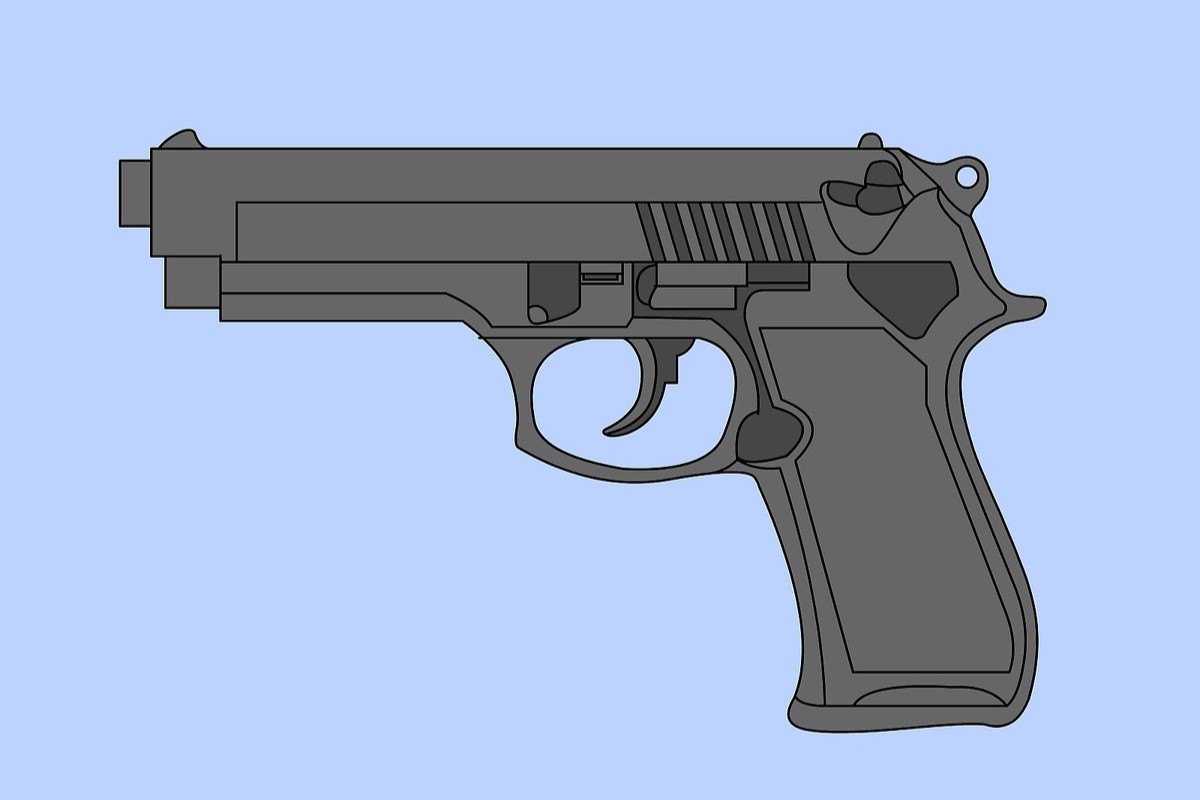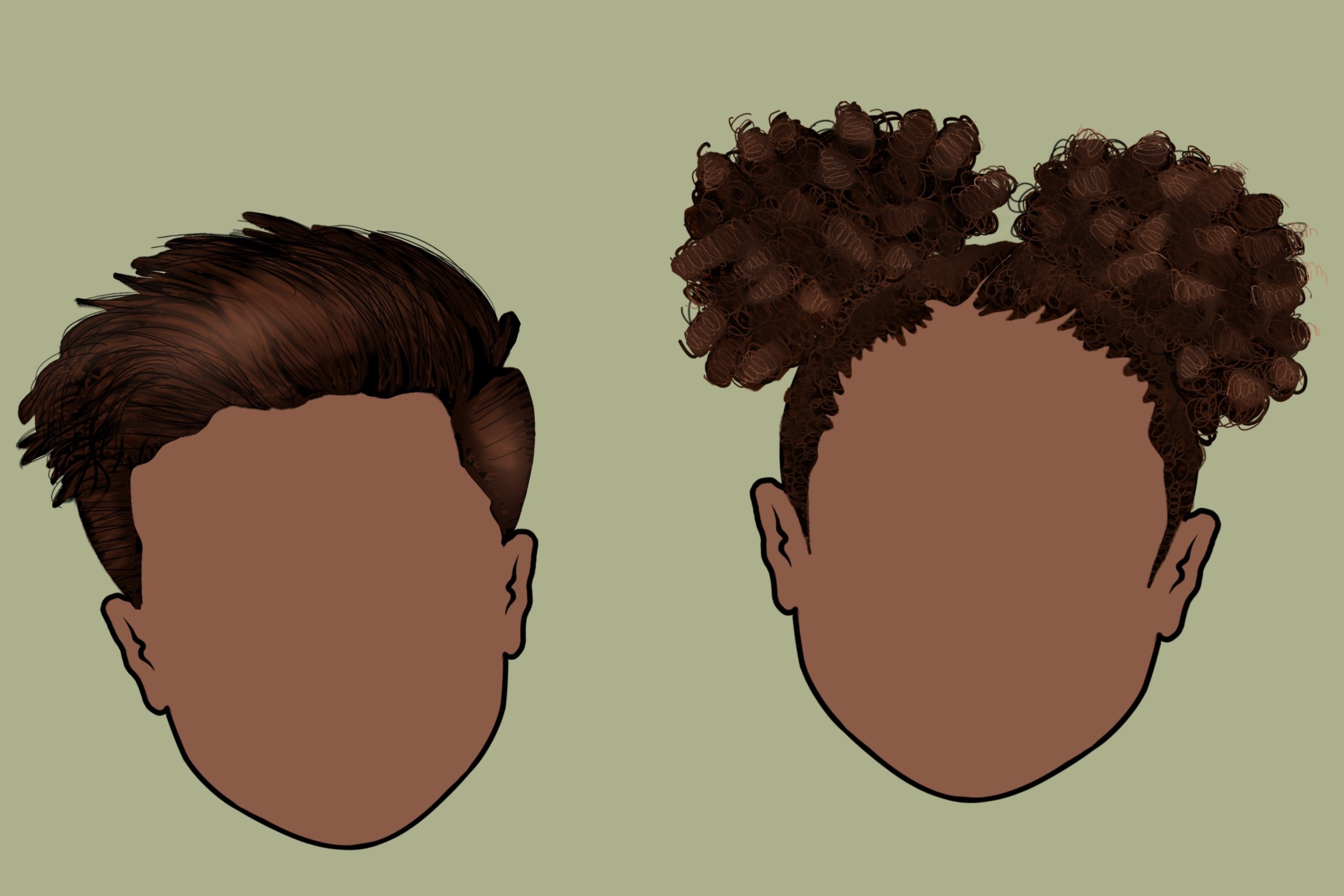Home>Arts and Culture>How To Draw A Bear
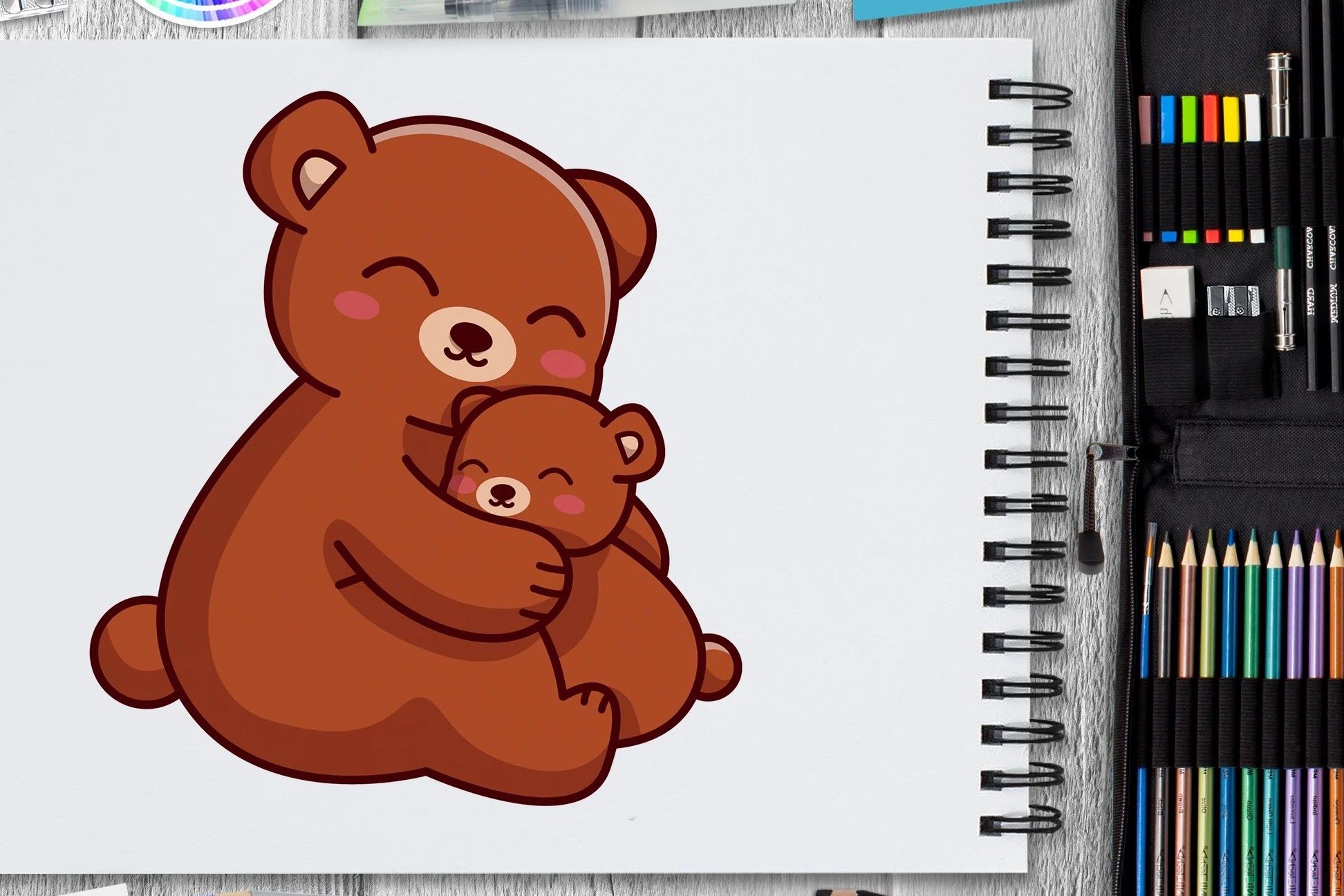

Arts and Culture
How To Draw A Bear
Published: February 26, 2024
Learn how to draw a bear with step-by-step instructions and tips. Explore your creativity with this fun arts and culture activity. Start drawing today!
(Many of the links in this article redirect to a specific reviewed product. Your purchase of these products through affiliate links helps to generate commission for Noodls.com, at no extra cost. Learn more)
Table of Contents
Introduction
Drawing a bear can be a delightful and rewarding experience, allowing you to capture the majestic and powerful essence of this remarkable creature on paper. Whether you're an aspiring artist or simply looking for a fun and creative activity, learning how to draw a bear can be an enjoyable endeavor. With a few simple steps and the right guidance, you can bring a bear to life through your artistic expression.
In this step-by-step guide, we will explore the process of drawing a bear, from outlining its distinctive features to adding intricate details that showcase its unique characteristics. By following these instructions and letting your creativity flow, you'll soon find yourself immersed in the captivating world of bear illustration.
So, gather your drawing materials, clear your workspace, and let's embark on this artistic journey together. Whether you're sketching for pleasure or honing your artistic skills, drawing a bear is a wonderful way to connect with nature and unleash your creativity onto the canvas. Let's dive in and discover the joy of bringing a bear to life through the strokes of your pencil or pen.
Read more: How To Draw People
Materials Needed
Before you begin your bear-drawing adventure, it's essential to gather the right materials to ensure a smooth and enjoyable artistic process. Here's a list of items you'll need to bring your bear illustration to life:
-
Drawing Paper: Select a sturdy and smooth surface to draw on. A sketch pad or drawing paper of good quality will provide the ideal foundation for your bear sketch.
-
Pencils: Invest in a set of high-quality pencils with varying lead hardness, such as HB, 2B, 4B, and 6B, to achieve different shades and textures in your drawing.
-
Eraser: A soft eraser will come in handy for correcting mistakes and refining the details of your bear illustration.
-
Sharpener: Keep your pencils sharp and ready for precise lines by having a reliable pencil sharpener within reach.
-
Reference Images: Gather reference images of bears to study their anatomy, fur texture, and facial features. These references will serve as valuable guides as you embark on your drawing journey.
-
Drawing Pen (Optional): If you prefer using ink for outlining and adding fine details, a drawing pen can be a valuable addition to your artistic toolkit.
-
Blending Stump or Tortillon (Optional): For creating smooth shading and blending pencil strokes, consider using a blending stump or tortillon to achieve a polished look in your bear illustration.
By ensuring that you have these materials at your disposal, you'll be well-equipped to embark on the artistic endeavor of drawing a bear with confidence and creativity. With your workspace prepared and your materials ready, you're all set to delve into the captivating process of bringing a bear to life on paper.
Step 1: Draw the Bear's Head
The first step in drawing a bear is to outline its distinctive head, capturing the essence of this powerful creature. Begin by lightly sketching a large oval shape to form the bear's head. This initial outline will serve as the foundation for the bear's facial features and overall expression. Take your time with this step, as the head shape sets the tone for the entire illustration.
Once the oval shape is in place, focus on positioning the bear's facial features. Start by adding two small circles near the top of the oval to represent the bear's ears. Bears are known for their prominent ears, so be sure to position them with ample space between each ear and the sides of the head.
Next, draw a smaller oval or circle within the larger oval to indicate the bear's snout. Pay attention to the placement of the snout in relation to the ears, ensuring a balanced and proportionate representation of the bear's facial structure. Consider referencing bear images to observe the specific shape and size of different bear species' snouts.
As you refine the bear's head, add two small dots or short lines to mark the bear's eyes. Bears have distinctively small, round eyes, and placing them accurately contributes to capturing the bear's expression. Position the eyes with care, as they play a crucial role in conveying the bear's demeanor and character.
To complete the bear's head, sketch a basic nose shape at the tip of the snout. Depending on the bear species you're drawing, the nose may vary in size and structure. Take inspiration from reference images to depict the unique characteristics of the bear's nose, whether it's broad and rounded or slender and pointed.
With the foundational elements of the bear's head in place, take a moment to review the overall proportions and make any necessary adjustments. Pay attention to the positioning of the ears, the symmetry of the eyes, and the alignment of the snout within the head shape. This critical step sets the stage for the subsequent details that will bring your bear illustration to life.
By following these steps and allowing your creativity to guide your hand, you'll lay the groundwork for a captivating bear portrait that captures the essence of this remarkable creature. With the bear's head sketched with care and attention to detail, you're ready to move on to the next phase of drawing the bear's body, further enriching your artistic journey.
Step 2: Draw the Bear's Body
After successfully capturing the essence of the bear's head, it's time to proceed to the next crucial step: drawing the bear's body. The body of a bear is characterized by its robust build and powerful presence, making it a defining aspect of the animal's visual identity. By focusing on the body, you'll further enrich your bear illustration and bring a sense of strength and vitality to your artwork.
Begin by extending the oval shape of the bear's head to form the outline of the bear's body. Consider the posture and stance you envision for the bear, whether it's standing tall, sitting, or in motion. This initial outline will serve as the framework for the bear's physique, providing a solid foundation for the subsequent details.
As you refine the body's shape, pay attention to the bear's distinct features, such as its thick fur and muscular build. Bears are known for their robust bodies, so emphasize the volume and strength of the bear's form through the contours and proportions of your sketch. Take inspiration from reference images to observe the variations in body shapes among different bear species, from the massive Kodiak bear to the agile black bear.
Next, focus on adding the bear's legs and paws to convey a sense of groundedness and power. Bears have sturdy, well-defined limbs that support their substantial weight, reflecting their prowess in the natural world. Whether you're depicting the bear in a stationary pose or in motion, ensure that the legs and paws align harmoniously with the overall body structure, contributing to a balanced and lifelike representation.
As you progress with the body sketch, consider the bear's fur texture and the distinct markings or patterns that may be present on its coat. Use light, feathery strokes to suggest the appearance of fur, paying attention to the direction of the fur growth and the overall flow of the bear's coat. This attention to detail will infuse your bear illustration with a sense of realism and depth, capturing the tactile quality of the bear's fur.
With the bear's body taking shape on the page, take a moment to review the overall proportions and make any necessary adjustments. Ensure that the body aligns harmoniously with the previously sketched head, creating a cohesive and well-balanced portrayal of the bear. By refining the body with care and precision, you'll bring your bear illustration one step closer to capturing the captivating essence of this remarkable creature.
As you immerse yourself in the process of drawing the bear's body, embrace the opportunity to infuse your artwork with your unique artistic flair. Whether you're drawn to the bear's commanding presence or its inherent grace, let your creativity guide your hand as you breathe life into the majestic form of the bear. With the body of the bear sketched with attention to detail and reverence for its natural magnificence, you're poised to embark on the next phase of adding intricate details that will further elevate your bear illustration.
Step 3: Add Details
With the foundational elements of the bear's head and body sketched with care and precision, it's time to delve into the enriching process of adding intricate details that will infuse your bear illustration with depth and character. This pivotal step allows you to capture the nuances of the bear's features, from its distinctive fur texture to the subtle intricacies of its facial expression. By focusing on the finer details, you'll elevate your bear illustration to a new level of realism and artistry, immersing yourself in the captivating world of bear anatomy and aesthetics.
Begin by refining the bear's facial features, paying close attention to the intricacies of its eyes, nose, and mouth. Bears possess a remarkable range of expressions, from gentle curiosity to formidable intensity, and capturing these nuances adds a compelling dimension to your illustration. Use subtle shading and delicate lines to convey the depth and emotion in the bear's eyes, infusing them with a sense of vitality and presence. The bear's nose, with its unique shape and texture, serves as a focal point of character, and by carefully rendering its contours and details, you'll bring a lifelike quality to the bear's visage.
Moving on to the bear's fur, take the time to observe the distinct patterns and textures that define the coat of different bear species. Whether it's the dense, shaggy fur of a grizzly bear or the sleek, glossy coat of a polar bear, each variation presents an opportunity to showcase your artistic versatility. Employ a combination of short, controlled strokes and gentle blending to emulate the tactile richness of the bear's fur, allowing the texture to emerge organically on the page. By layering subtle shades and highlights, you'll create a sense of depth and dimension, evoking the tactile allure of the bear's luxuriant coat.
As you add details to the bear's body, consider incorporating elements that reflect the bear's natural habitat and behavior. Whether it's the rugged terrain of the mountains, the lush tranquility of the forest, or the icy expanse of the Arctic, situating the bear within its environment adds a contextual richness to your illustration. Additionally, depicting the bear engaged in characteristic activities, such as foraging for food or caring for its young, infuses the artwork with a narrative quality, inviting viewers to connect with the bear on a deeper level.
By infusing your bear illustration with these intricate details, you'll not only capture the physical attributes of the bear but also evoke its essence as a captivating and enigmatic creature. Embrace the opportunity to immerse yourself in the art of observation and interpretation, allowing your creativity to breathe life into the bear's form with each stroke of your pencil or pen. With the addition of these refined details, your bear illustration will stand as a testament to the awe-inspiring beauty and complexity of the natural world, inviting viewers to marvel at the majesty of the bear and the artistry of your portrayal.
Read more: How To Draw A Chicken
Step 4: Final Touches
As you approach the culmination of your bear-drawing journey, the final touches serve as the crowning elements that elevate your illustration to a state of captivating completion. This pivotal phase allows you to refine and polish your artwork, ensuring that every detail harmonizes to convey the essence of the bear with finesse and artistry.
Begin by revisiting the overall composition of your bear illustration, taking a moment to assess the balance and coherence of the elements you've sketched. Pay attention to the interplay of light and shadow, as well as the distribution of textures and details across the bear's form. By refining the composition with a discerning eye, you'll enhance the visual impact of your artwork, guiding the viewer's gaze through a compelling narrative of form and expression.
Next, consider the use of shading and highlighting to accentuate the three-dimensional quality of the bear's figure. Deliberate shading along the contours of the bear's body and facial features adds depth and dimension, infusing your illustration with a sense of tactile realism. By strategically applying highlights to areas where light would naturally strike, you'll create a luminous quality that brings the bear to life on the page, evoking a palpable sense of presence and vitality.
Furthermore, take the opportunity to refine the intricacies of the bear's fur, employing nuanced strokes and blending techniques to capture the textural richness of its coat. Whether it's the coarse, untamed fur of a brown bear or the sleek, insulating fur of a polar bear, each variation presents an opportunity to showcase your artistic versatility. By layering subtle shades and highlights, you'll create a sense of depth and tactile allure, inviting viewers to immerse themselves in the tactile allure of the bear's luxuriant coat.
As you apply the final touches to your bear illustration, consider the incorporation of contextual elements that enrich the narrative of the artwork. Whether it's the suggestion of a natural habitat, the inclusion of atmospheric details, or the evocation of the bear's characteristic behaviors, these contextual nuances infuse your illustration with a sense of storytelling and depth. By situating the bear within its environment and portraying it engaged in characteristic activities, you invite viewers to connect with the bear on a profound and emotive level, fostering a deeper appreciation for the natural world and the enigmatic allure of the bear.
With the final touches applied with precision and artistry, your bear illustration stands as a testament to the captivating beauty and complexity of this remarkable creature. Each stroke of your pencil or pen serves as a tribute to the majesty of the bear, inviting viewers to marvel at its presence and the artistry of your portrayal. As you conclude this artistic endeavor, take pride in the masterpiece you've created, a testament to your creativity and reverence for the awe-inspiring wonders of nature.
Conclusion
In the culmination of your artistic journey, you have ventured into the captivating realm of bear illustration, discovering the joy of bringing this remarkable creature to life on the canvas. Through meticulous attention to detail and a profound reverence for the natural world, you have embarked on a creative odyssey that celebrates the majestic essence of the bear.
As you reflect on the completion of your bear illustration, take pride in the depth and artistry you have infused into every stroke and shading. Your portrayal captures not only the physical attributes of the bear but also its enigmatic spirit, inviting viewers to immerse themselves in the captivating allure of this iconic creature.
By embracing the intricacies of the bear's anatomy, fur texture, and expressive features, you have delved into the art of observation and interpretation, honing your skills as an artist and storyteller. Your illustration stands as a testament to the awe-inspiring beauty and complexity of the natural world, inviting viewers to marvel at the majesty of the bear and the artistry of your portrayal.
As you conclude this artistic endeavor, let the completion of your bear illustration serve as a source of inspiration and fulfillment. Whether you embarked on this journey for artistic exploration, personal enjoyment, or skill development, your dedication and creativity have yielded a masterpiece that resonates with the timeless allure of the bear.
May your bear illustration stand as a testament to the power of artistic expression and the enduring wonder of the natural world. As you continue to explore the boundless realms of creativity, may the spirit of the bear inspire you to seek beauty, grace, and strength in every stroke of your artistic endeavors.
With your bear illustration as a testament to your artistic prowess and reverence for nature, you have embarked on a journey that celebrates the timeless allure of the bear, inviting viewers to marvel at its presence and the artistry of your portrayal.



